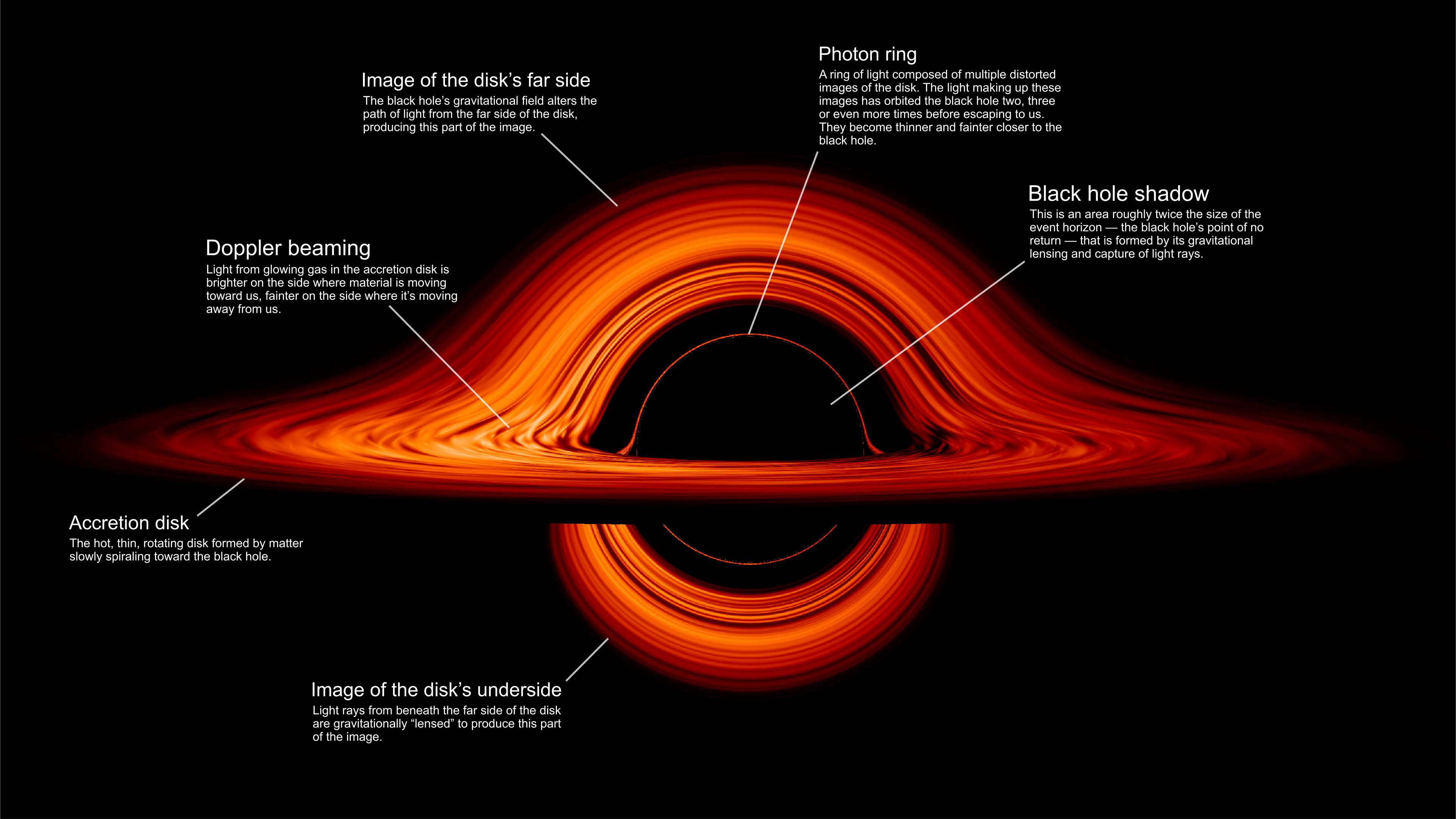Discovering Electromagnetism

In Carl Sagan’s The Demon-Haunted World, there’s a chapter titled “Maxwell and the Nerds” about James Clerk Maxwell, the Scottish physicist who discovered the four equations that govern electricity and magnetism. There’s a passage in this chapter that I think perfectly sums up the moment that all scientists strive for.
Many renowned ancient and medieval thinkers believed that light didn’t travel at all, or that if it did, its speed was infinite. Aristotle, for example, argued that light “is not a movement”, and Descartes thought that his entire philosophy would be overturned if it could be proved that light had a finite speed. But by the 19th century, physicists had arranged some clever experiments which converged on the conclusion that light did travel at a finite speed. What’s more, they knew what that speed was, something close to 300,000 kilometers per second.
It was also known to 19th-century physicists that a changing electric current produces a magnetic field, and vice versa: a varying current of electricity flowing through a wire caused a nearby compass needle to tremble, while a moving magnet could create an electric current in a nearby wire. At the time, this “induction” was a profoundly mysterious phenomenon, thought of as “close to magic”, as Sagan says. It was obvious that electricity and magnetism were related to each other in some deep way, but the exact nature of that relationship was still obscure.
Maxwell’s genius was to formulate the equations that exactly quantified the relationship between the two, showing how a time-varying electric field, E, would generate a magnetic field, B, and vice versa. Even if this was all he had done, Maxwell would be renowned, but he had a further flash of brilliance. He suggested that even in a vacuum with no magnets or electrical conductors present, an electric field and a magnetic field could generate each other, like M.C. Escher’s famous drawing hands. As paradoxical as this must have sounded, it was clearly implied by the mathematics. And when he ran the numbers:
When the equations were written down like this, Maxwell was readily able to show that E and B propagated through empty space as if they were waves. What’s more, he could calculate the speed of the wave… When you plugged in the numbers you found that the electric and magnetic fields in a vacuum ought to propagate, astonishingly, at the same speed as had already been measured for light. The agreement was too close to be accidental. Suddenly, disconcertingly, electricity and magnetism were deeply implicated in the nature of light.
Or as Maxwell himself put it in the paper, in the typically understated tone of scientific discovery:
…we can scarcely avoid the inference that light consists in the transverse undulations of the same medium which is the cause of electric and magnetic phenomena.
I try to imagine this moment of revelation, but my imagination consistently fails to do it justice. Can you picture yourself in that situation, looking down at that sheet of paper, and realizing what the number that’s emerged from your calculations must mean? Can you imagine the realization that you are the first member of the human species to know what light is?
Compared to the vastness and inscrutability of the universe, we know only an infinitesimal fraction of everything there is to be known. Humanity is like a team of explorers standing on a small island, surrounded by a sea of dense fog. Occasionally we can see distant shadows and hints of shape in the mist, and our tentative gropings have outlined the contours of the land immediately around us. Over the course of their career, a scientist working diligently and patiently can sometimes push the fog back just a little, advance the border of our knowledge in one place by one small step. But sometimes, often entirely by accident, one person will make a discovery that causes the fog to roll back, and a vast and glorious new continent is revealed to us.
Granted, even science’s greatest discoveries are rarely due to just one person. Almost always, they need to be improved and clarified by those who come afterwards. Maxwell himself didn’t believe that an electromagnetic wave could propagate through pure vacuum – if light was a wave, what was waving? Instead, he proposed an invisible, diffuse medium, called the luminiferous ether, which filled every inch of the universe. In his thinking, electromagnetism was a wave in the ether just like ocean waves are a wave in water. It took several more decades of experiments to confirm that there is no ether, and that electromagnetic waves can indeed propagate through true vacuum. But that notwithstanding, we can safely say that most of modern civilization relies on Maxwell’s work. Everything from radio to microwave ovens to X-ray machines is based on his initial discovery of the principles of electromagnetism. As Albert Einstein said about Maxwell’s discovery, “To few men in the world has such an experience been vouchsafed.”
Image credit: WesleyC, released under CC BY-SA 1.0 license; via Wikimedia Commons





